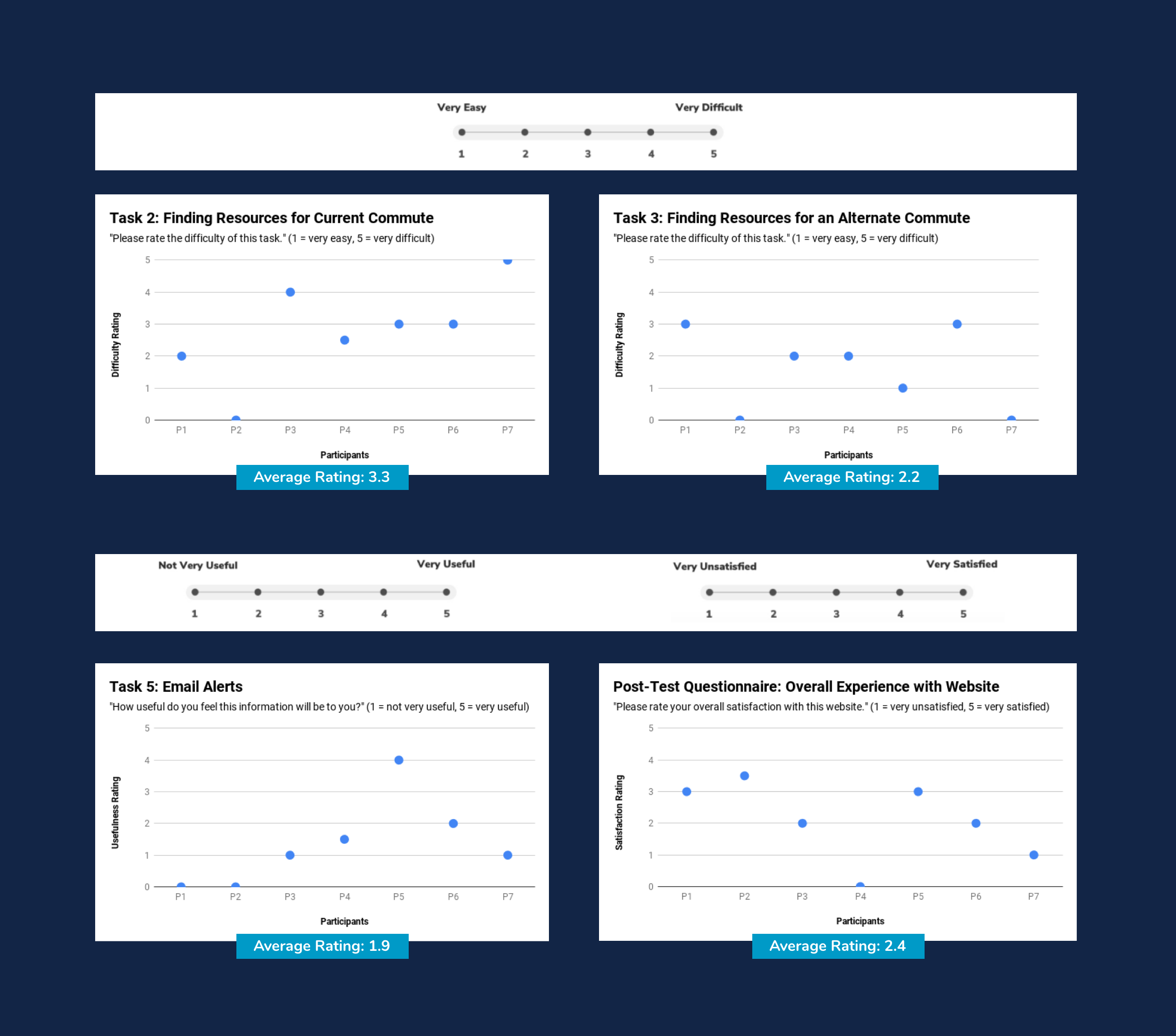This project was undertaken at the behest of the Seattle Department of Transportation (SDOT). For a period of two to five years, Seattle will be experiencing a series of construction projects aimed at easing traffic and improving various parts of the city. However, during this time, traffic will be constricted and is expected to worsen, for the purposes of this study, it will be called as the Seattle Squeeze.
In anticipation, SDOT has rolled out a new website, www.seattletraffic.org. The objective of this website is to provide users with commute information that can aid them in changing their behavior to improve not only their commute, but the commutes of everyone in the region. The aim of this study is to determine how effective this website is in conveying the required information to users in order to give them the tools to ease their commutes, especially through downtown.


